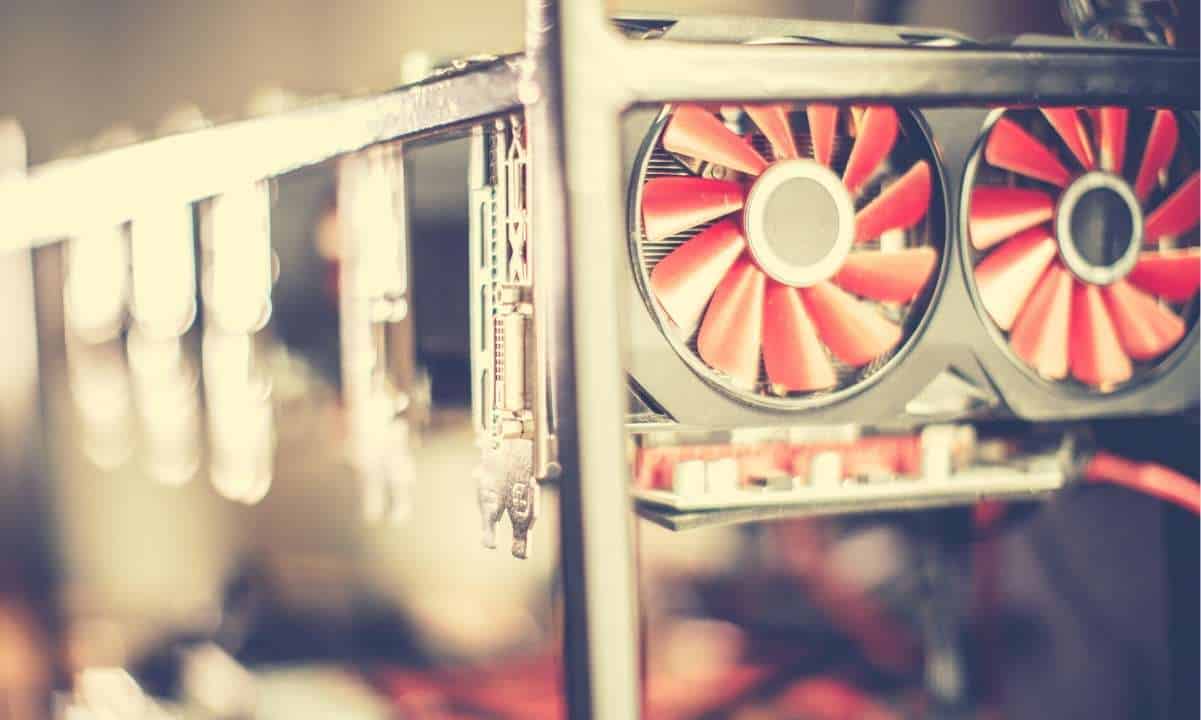
Intel’s new gaming chip is now available on laptops, and it’s being hailed by some in the crypto industry as a major disruptor to the cryptocurrency mining hash race.
Here is a short introduction to Intel’s Moore’s Law:
“In 1965, Gordon Moore made a prediction that would set the pace for our modern digital revolution. From careful observation of an emerging trend, Moore extrapolated that computing would dramatically increase in power, and decrease in relative cost, at an exponential pace.”
Will the inexorable march of Moore’s Law lead to a rapid democratization of hashing power on cryptocurrency networks, with computers and home game consoles making massive gains in SHA-256 questions when Aren’t they busy creating visually lush simulated environments for Pan Pan players?
Perhaps, yes.
Here’s where we’re at on the consumer gaming hash power curve today.
Intel Arc packs more graphics cards than Nvidia’s GA104
The first round of Intel’s new Arc graphics chips was launched this week, although for now only the less powerful of the new line of graphics processors, the Arc 3s, are on sale in the mass market. Still, the entry-level line of Arc chips is twice as fast as Intel’s integrated Xe GPUs.
PC World’s Brad Chacos thusly hailed the arrival of the Santa Clara, California company’s new GPU: “The graphics card duopoly ended this week. For the first time in decades, we’re staring at a true three-way battle for gaming supremacy. Yes, Intel makes discrete graphics cards now.”
According to a recent report:
“According to their data, Intel ACM-G10 (previously called DG2-512EU) is 406mm² in size and has 21.7 billion transistors. Both values are superior to AMD Navi 22 and NVIDIA GA104, supposedly the main competitors of this ARC GPU.
The GPU wars are heating up now, but the technology is not only useful for incredible video gaming graphics (or visualizing roadways for autonomous vehicles). It will also play a pivotal role in the global economics of the cryptocurrency industry’s ever-going hash race.
Unless you go with an ASIC (an application-specific integrated circuit chip), custom-designed to do nothing but fix SHA-256 hash issues, or other standards commonly used in various implementations basic proof-of-work cryptocurrency, the most convenient consumer solution for mining cryptocurrency at home is GPUs.
Intel developed and launched a Bitcoin mining ASIC this year, the Bonanza chip. Hive Blockchain, a Canadian mining firm, struck a deal with Intel to supply chips for their operations earlier this year.
Big eyeballs and big wallets
Due to the way GPUs are designed, they are faster at solving these problems than CPUs, and in cryptocurrency mining, speed is everything. As Satoshi would have it, the nodes that keep the blockchain books in order on cryptonets are all in a literal race to be the one that will solve the hashing problem for some expenditure of electricity and computation cycles, calling the winning node to be the one to validate, sign and place the next block of transactions on the chain, and award the winning miner new internet money.
In the case of Bitcoin, there’s a winner every ten minutes ever since the Satoshi blockchain launched in 2009. But to play, a miner has to have (and should secure) a device with the minimum system requirements to run a full node.
Since last year, it was initially feared that Intel might incorporate a crypto-mining killer such as a software lock to prevent the chip from being used to process Bitcoin Core requests. Intel senior vice presidents Raja Koduri and Roger Chandler put that to rest in an interview with Gadgets360, saying they won’t block crypto mining on their GPUs.
“It’s not a priority for us,” Chandler said.


















